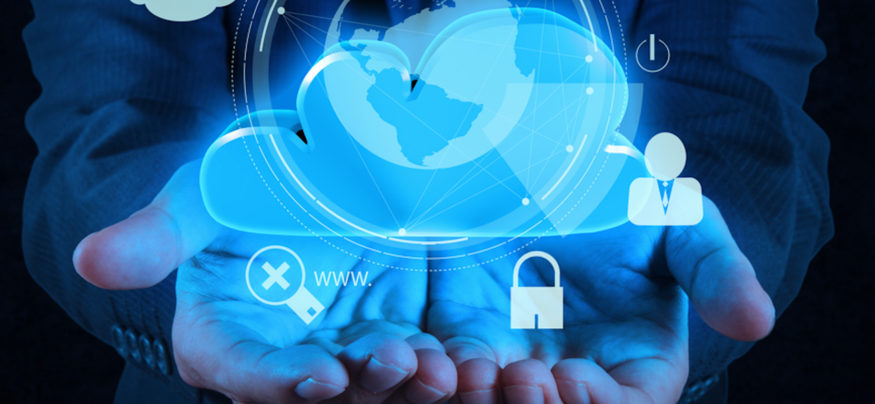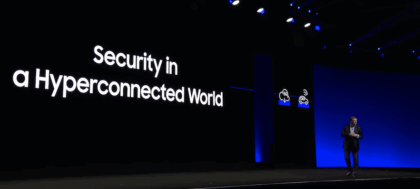The Internet of Things (IoT) is a technology trend that’s promising to revolutionize the way businesses work, offering benefits such as reduced costs and higher efficiency. However, the IoT ecosystem is still in the very early stages of development, and while the IoT revolution is certainly kicking off, there’s still a lot of uncertainty and risk involved for CIOs and IT departments.
When you consider that current estimates put the total number of connected devices at anywhere from 20 billion to 75 billion by 2020, it’s obvious that this rate of increase will bring a number of risks along with the potentially huge benefits promised. According to a report by IT research firm CompTIA, there are five main risks that the 512 business and IT executives who took part in the research identified as stumbling blocks to the rollout of an IoT ecosystem across their systems.
By considering each risk and assessing how to avoid its associated pitfalls, companies can reap the huge cost and efficiency benefits that the IoT revolution promises. Let’s look at the five identified risks and how they can be mitigated.
1. Upfront Cost
Implementing any new technology is always going to bring with it higher costs, both in terms of the new hardware and software that’s needed and in training staff to make the most of that technology — and IoT is no different. However, because of the relatively low cost of most IoT hardware and the fact that these systems can be deployed in a staged approach, the initial outlay doesn’t have to be huge, and the cost benefits can be recorded before expanding the initiative to the whole business.
2. Lack of Skilled Workers
The deployment of all new technology in the workplace requires some additional staff training, but because the IoT is such a nascent technology, there’s a risk that there won’t be enough skilled staff available to fully take advantage of it. However, according to the CompTIA research, the push for most IoT initiatives is being made by CIOs, CTOs and other IT staff, while almost half (46 percent) of businesses reported the involvement of the CEO or president, and 31 percent reported the involvement of business leaders like chief marketing officers (CMOs) or chief operating officers (COOs). Executives taking a leading role in helping to push these initiatives will help attract the right talent to make sure your company isn’t left behind.
3. Maintenance Costs
While there are certainly some maintenance costs associated with IoT devices, they’re dramatically smaller than the potential savings that IoT technology can create. Indeed, in the long term, the use of automated systems can help avoid maintenance costs by identifying and addressing minor faults before they become serious problems.
4. Security Risks
One of the most significant problems with the IoT today is a lack of standardization among device makers when it comes to security settings, with many devices being shipped with default security settings that are never changed once they’re deployed. However, there are steps individual companies can take to avoid falling victim to a cyberattack targeting IoT devices. These steps include making sure that all privacy settings are altered, default passwords are changed, firmware is upgraded on a regular basis and apps used to control the IoT devices are secured. It’s equally important that staff managing the devices are trained to identify and avoid any attempts to steal their credentials.
5. Interoperability
One of the major questions any CTO will ask when deploying new technology is how it will work with the technology already in place. As with most new technologies, standards are still in flux, with many major companies developing their own proprietary platforms. However, there are also third-party groups, like the IEEE, that are working with global engineering communities to help standardize and facilitate collaboration. With this open-source approach gaining traction, and a push toward a common standard for the technology, IoT interoperability issues are likely to be a decreasing risk for businesses.
By identifying and mitigating these five risks, businesses can take full advantage of the benefits the IoT ecosystem offers.
The Internet of Things is having a major impact on a wide variety of industries, from creating an effective digital government to improving supply chain efficiencies.







